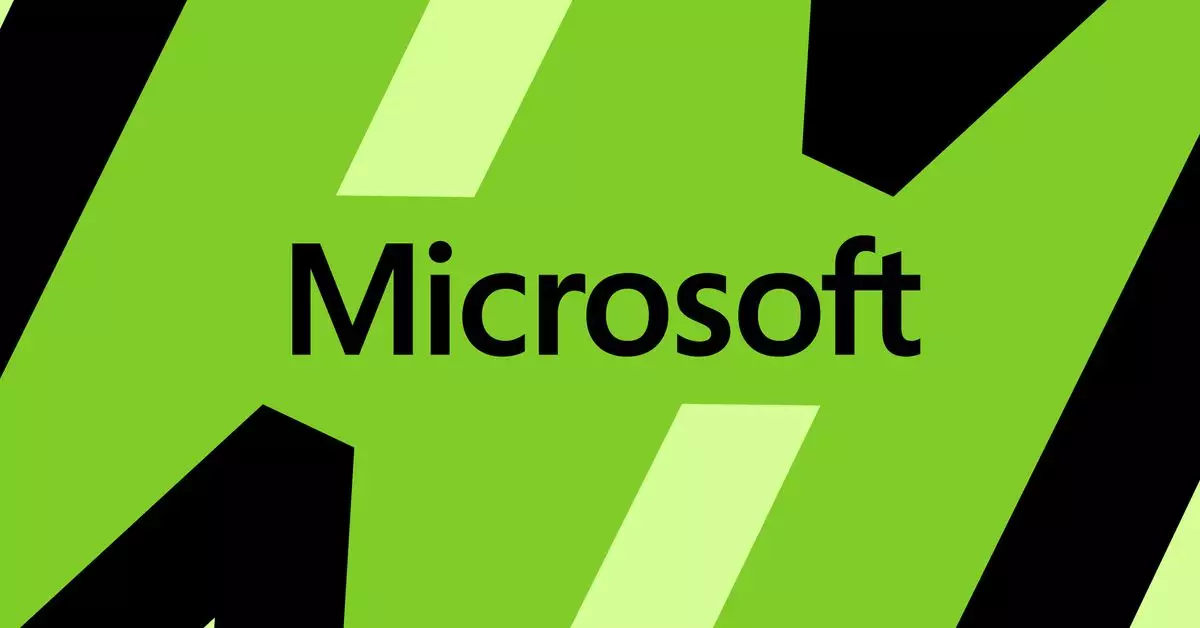Microsoft has recently introduced Phi-3 Mini, a lightweight AI model with 3.8 billion parameters. This new model is part of a series of smaller models that the company plans to release to cater to different needs in the AI industry. With Phi-3 Mini now available on platforms like Azure, Hugging Face, and Ollama, it is expected to offer more cost-effective and efficient solutions for personal devices like phones and laptops.
Phi-3 Mini Features and Capabilities
Phi-3 Mini is designed to be more efficient than its predecessors, providing responses comparable to models that are ten times larger. According to Eric Boyd, corporate vice president of Microsoft Azure AI Platform, Phi-3 Mini is as capable as larger language models like GPT-3.5, despite its smaller size. This makes it an attractive option for developers looking to run AI models on a budget while maintaining high performance.
Microsoft’s competitors also have their own smaller AI models tailored for specific tasks. Google’s Gemma 2B and 7B models are suitable for simple chatbots and language-related work, while Anthropic’s Claude 3 Haiku excels at reading dense research papers and summarizing them quickly. Meta’s recently released Llama 3 8B model targets chatbots and coding assistance. However, Microsoft’s Phi-3 stands out for its versatility and performance, especially in custom applications where internal data sets may be limited.
Developers at Microsoft trained Phi-3 using a unique approach inspired by childhood learning techniques. By exposing the model to a curated list of words and simple sentence structures, they created a learning “curriculum” that mimicked how children learn from books and stories. This method allowed Phi-3 to build on the knowledge of previous iterations, focusing on improving coding and reasoning abilities.
While Phi-3 Mini offers significant advancements in smaller AI models, it still falls short in terms of breadth compared to larger models like GPT-4. The difference lies in the vast amount of data and information that larger models have access to, enabling them to provide more diverse and comprehensive answers. However, for many companies with specific needs and smaller internal data sets, models like Phi-3 prove to be more practical and effective.
Microsoft’s launch of Phi-3 Mini signifies a shift towards more lightweight and efficient AI models that cater to specific applications and custom needs. With its improved capabilities in coding and reasoning, Phi-3 offers a promising solution for developers looking for cost-effective and high-performance AI models. As the AI industry continues to evolve, smaller models like Phi-3 are likely to play a crucial role in driving innovation and addressing unique challenges in various sectors.


Leave a Reply